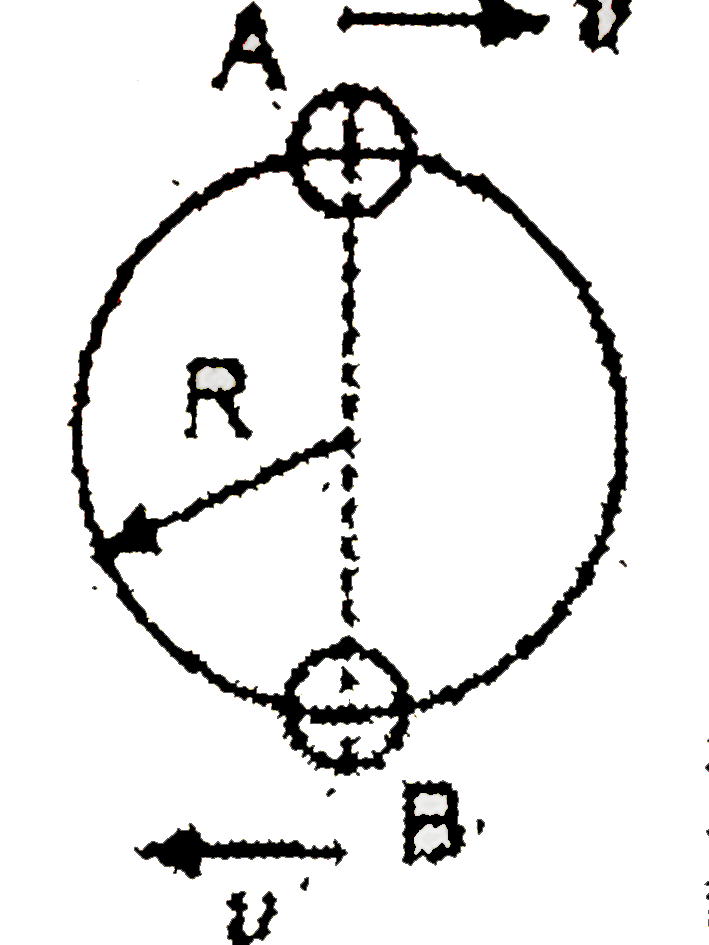A rock is launched upward at 45∘. A bee moves along the trajectory of the rock at a constant speed equal to the initial speed of the rock. What is the magnitude of acceleration (in m/s2) of the bee at the top point of the trajectory? For the rock, neglect the air resistance.
Step by step video & image solution for A rock is launched upward at 45^(@). A bee moves along the trajectory of the rock at a constant speed equal to the initial speed of the rock. What is the magnitude of acceleration (in m//s^(2)) of the bee at the top point of the trajectory? For the rock, neglect the air resistance. by Physics experts to help you in doubts & scoring excellent marks in Class 11 exams.
Topper's Solved these Questions
- BOOK - ANURAG MISHRACHAPTER - FORCE ANALYSISEXERCISE - level 1103videos
FORCE ANALYSIS
- BOOK - ANURAG MISHRACHAPTER - FORCE ANALYSISEXERCISE - Level-273videos
FORCE ANALYSIS
- BOOK - ANURAG MISHRACHAPTER - FORCE ANALYSISEXERCISE - Matching type13videos
FORCE ANALYSIS
- BOOK - ANURAG MISHRACHAPTER - DESCRIPTION OF MOTIONEXERCISE - Level-334videos
DESCRIPTION OF MOTION
- BOOK - ANURAG MISHRACHAPTER - IMPULSE AND MOMENTUMEXERCISE - matching3videos
IMPULSE AND MOMENTUM
Similar Questions
A rock is launched upward at 45∘.A bee moves along the trajectory of the rock at a constant speed equal to the initial speed of the rock.The magnitude of acceleration of the bee at the top point of the trajectory is xg?For the rock, neglect the air resistance.Find the value of x.
View SolutionA rock is launched upward at 45∘. A bee moves along the trajectory of the rock. What is the magnitude of acceleration (inms−2) of the bee at the top point of the trajectory ? For the rock, neglect the air resistance.
View Solution
Knowledge Check
- Question 1 - Select One
A particle moves along the trajectory of parabola y=ax2. Assuming speed to be constant, find the radius of curvature at the origin.
A12aB1aC12axD2a - Question 2 - Select One
A rock, dropped from rest near the surface of an atmosphere-free planet, attains a speed of 20.0 m/s after falling 8.0 m.
What is the magnitude of the acceleration due to gravity on the surface of this planet ?A0.40m/s2B2.5m/s2C1.3m/s2D25m/s2 - Question 3 - Select One
Two bodies are moving with constant speed v clockwise and are initially diagonally opposite. The particle B now acheives a tangential acceleration of a m/s2. Then :
 Athen collide after time √πRaBthey collide after time √2πRaCrelative velocity just before collision is √πaRDrelative velocity just before collision is √πaR
Athen collide after time √πRaBthey collide after time √2πRaCrelative velocity just before collision is √πaRDrelative velocity just before collision is √πaR
A stone is launched upward at 45∘ with speed v0. A bee follow the trajectory of the stone at a constant speed equal to the initial speed of the stone.
(a) Find the radius of curvature at the top point of the trajectory.
(b) What is the acceleration of the bee at the top point of the trajectory? For the stone, neglect the air resistance.View SolutionA rock is launched upward at 45∘. A bee moves along the trajectory of the rock at a constant speed equal to the initial speed of the rock. What is the magnitude of acceleration (in m/s2) of the bee at the top point of the trajectory? For the rock, neglect the air resistance.
View SolutionA particle moves with a costant speed u along the curve y = sin x. The magnitude of its acceleration at the point corresponding to x=π/2 is
View SolutionA particle moves in a circle of radius R=2122m with constant speed 1m/s. Find,
(a) magnitude of average velocity and
(b) magnitude of average acceleration in 2 s.View SolutionA body moves from rest with a constant acceleration of 5m/s2. Its instantaneous speed (in m/s) at the end of 10 sec is
View Solution

